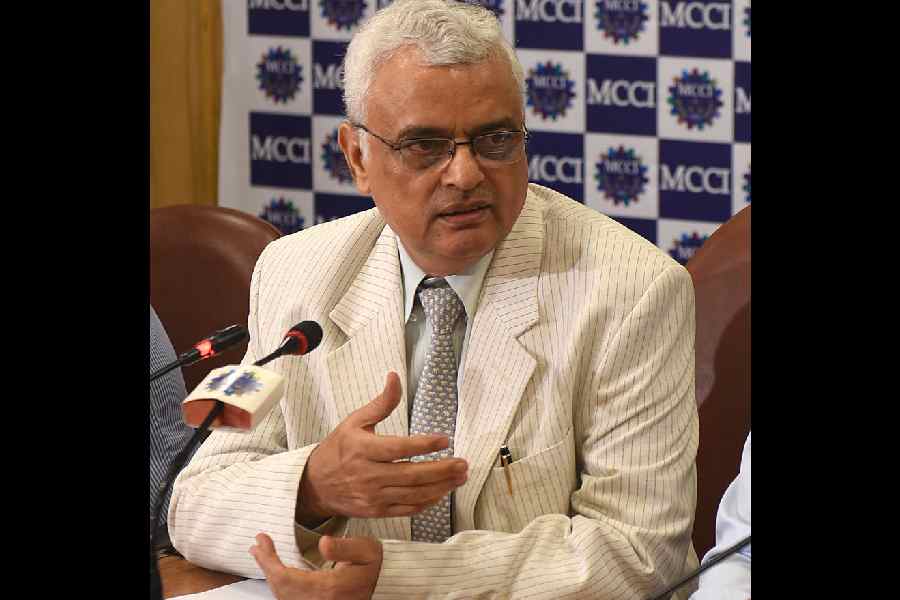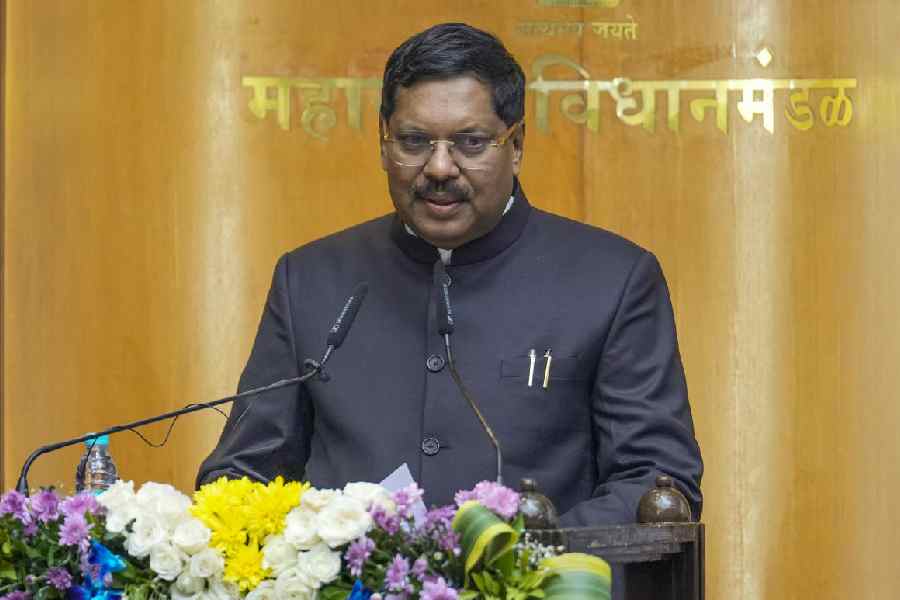New Delhi, March 3 :
The last of the Insat-2 satellites, to be launched next month, is the most advanced spacecraft built in India, loaded with new technologies and designed for at least a 12-year orbit.
The Rs 220-crore Insat-2E will be the sole payload aboard the European Ariane rocket to be launched from Kourou, French Guyana, on the night of April 2, Indian and Arianespace officials said today.
The Indian Space Research Organisation (Isro) will pay $68 million to Arianespace to put the 2,600-kg spacecraft into orbit. The satellite is packed with 17 communication transponders and two weather-watching cameras.
The spacecraft was transported to French Guyana on February 15 and is currently undergoing pre-launch tests before it is placed atop the Ariane launcher, the most popular satellite launching system in the world.
Nine of the satellite?s 17 transponders will be used by Intelsat, an arrangement that should earn India around $100 million during Insat-2E?s expected lifespan, a senior Isro official said.
Isro officials say Insat-2E will mark the birth of a new era of long-life satellite missions from India. Previous Insat satellites were designed for nine to 10 years in orbit. The new satellite is expected to be operational for 12 to 15 years.
It is the first satellite to be equipped with a charge couple device camera that will allow meteorologists to use it to study atmospheric conditions just one-kilometre across. For the first time ever, a water vapour channel is also part of the meteorological payload to enable scientists to estimate water content in clouds.
Programme director for Insat S. Rangarajan said Insat-2E would provide the widest communication coverage ever achieved through such satellites. Its wide beam coverage will extend from central Europe all the way to Australia, while its shaped zonal beam coverage will include India, China, West Asia and parts of Southeast Asia.
He said Insat-2E?s onboard systems have undergone repeated testing to prevent the sort of failure that hit the Insat-2D satellite two years ago, which had to be abandoned by Isro after loss of power to critical onboard systems. Rangarajan said the problem was been pinned down to ?insulation peeling off?, causing short circuiting. ?It was a chance incident, you can call it a one-in-a-billion event,? he said.
Ariane rockets have launched more than half of all commercial satellites making Arianespace the world?s leading satellite launching organisation.
Arianespace mission manager Jean-Francois Laumonier said Arianespace had signed an agreement with Isro to use India?s Polar Satellite Launch Vehicle for launching small scientific satellites weighing around 150 kg.
 Thursday, 10 July 2025
Thursday, 10 July 2025









